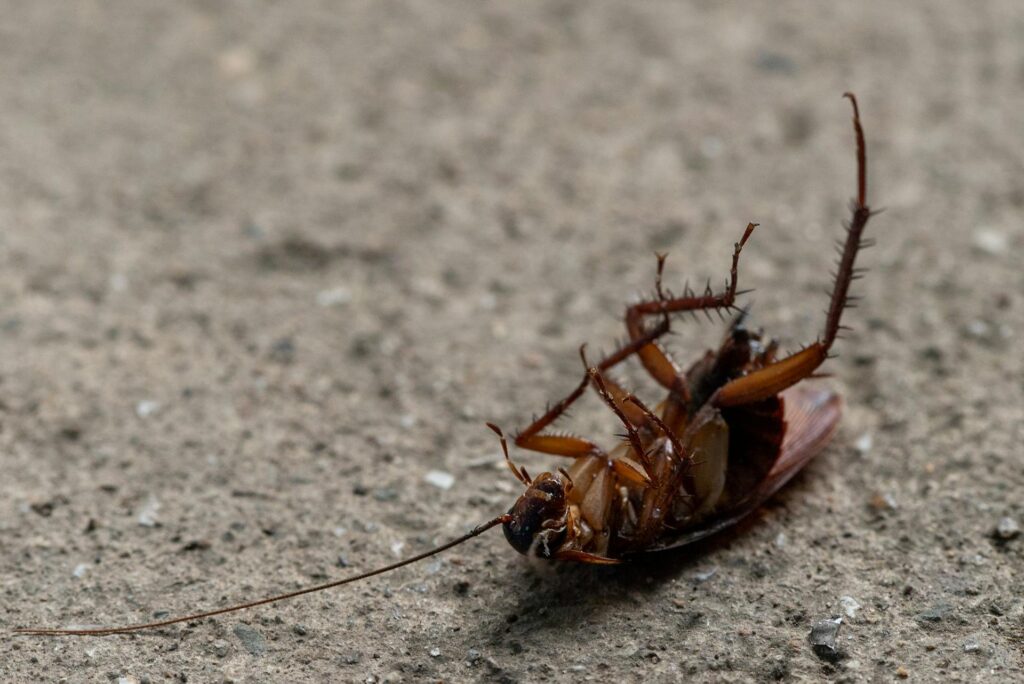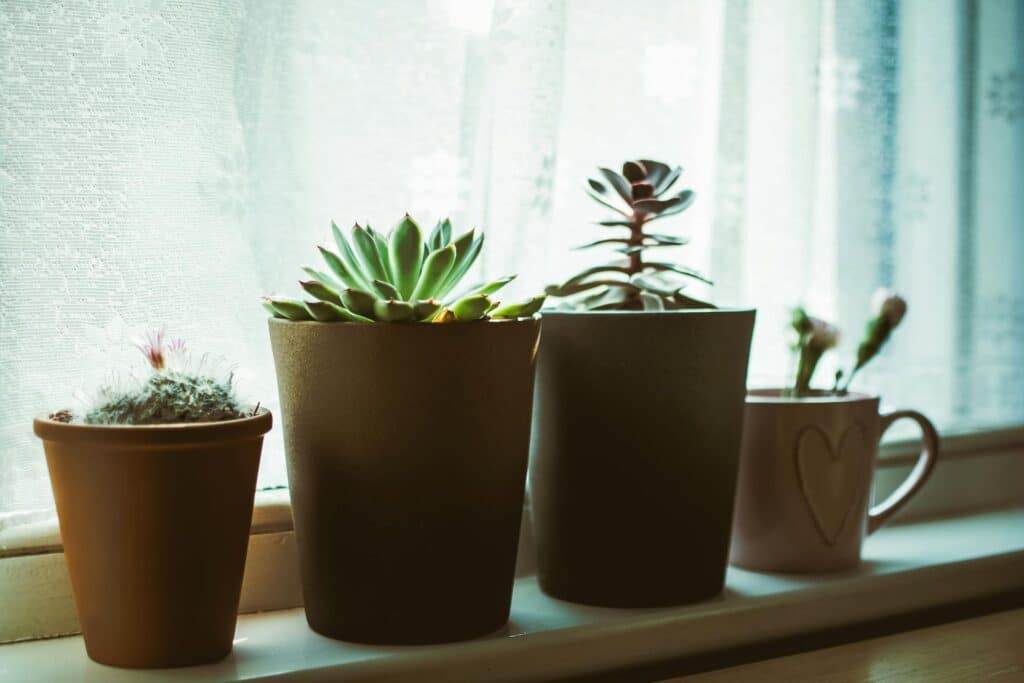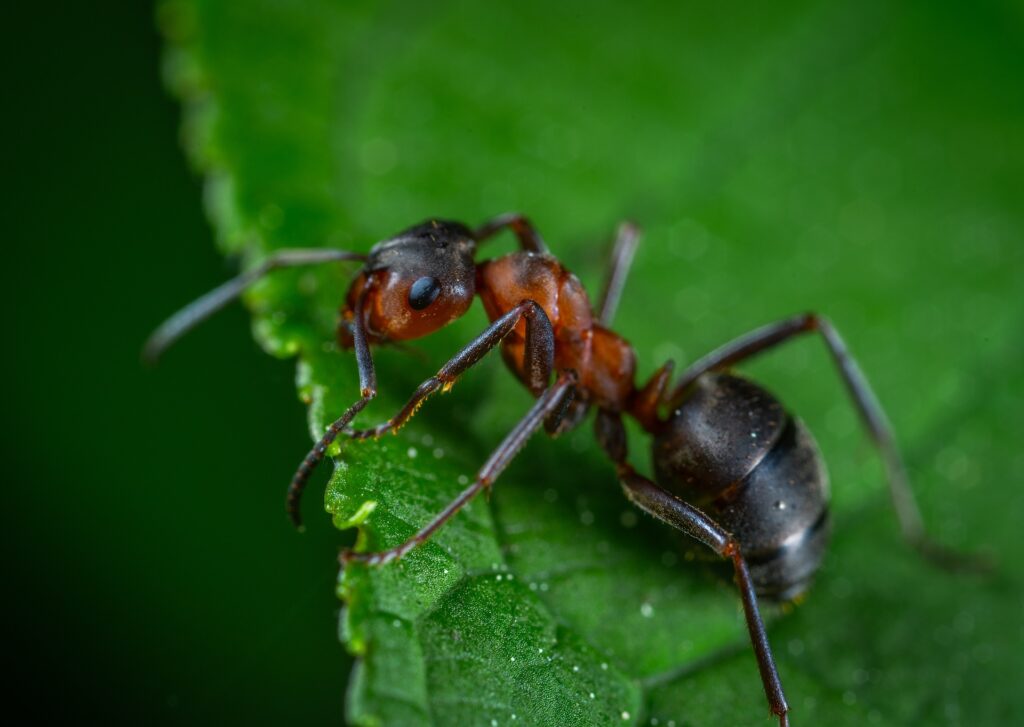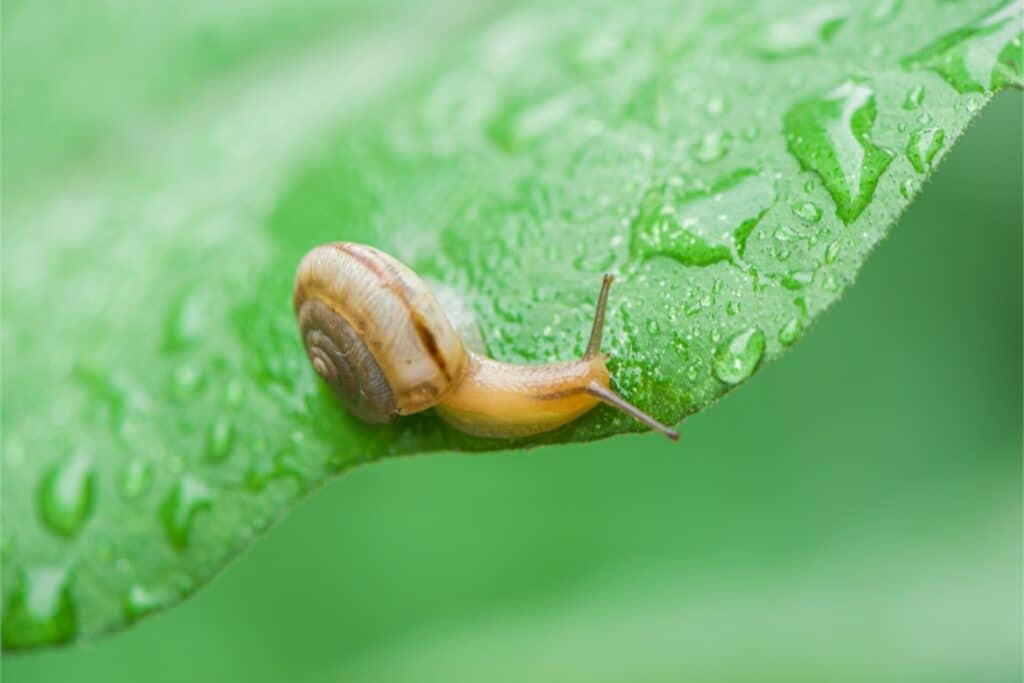You’re rushing out the door for work when you notice the kitchen trash bag bulging slightly over the rim. “I’ll take it out tonight,” you tell yourself, already running late for an important meeting. By evening, you’ve forgotten completely, and the bag sits overnight filled with dinner scraps, coffee grounds, and yesterday’s leftovers. This seemingly minor oversight creates an immediate opportunity for household pests seeking easy access to food, moisture, and shelter—three essential survival resources that overflowing garbage provides in abundance.
This common scenario illustrates why effective pest control requires understanding the powerful attraction that accumulated waste creates for various pest species. Even a single missed garbage collection can trigger rapid pest activity, as decomposing organic matter releases chemical signals that travel surprising distances to alert hungry insects and rodents about available food sources.
Why Garbage Attracts So Many Pests
Accumulated household waste provides an ideal convergence of conditions that fulfill multiple pest survival requirements simultaneously. Understanding why garbage becomes such a powerful pest magnet helps explain rapid infestation development and guides more effective waste management strategies.
Essential pest attraction factors:
- Abundant food sources: Decomposing organic matter including fruit peels, meat scraps, dairy products, and cooking oils provide diverse nutrition for various pest species.
- Optimal moisture levels: Food waste releases liquids while decomposition creates humid microenvironments that many pests require for survival.
- Protective shelter: Trash bags and containers offer dark, undisturbed spaces where pests can feed and reproduce without human interference.
- Chemical attractants: Fermentation and decay processes release specific odors that pests can detect from considerable distances.
Rapid attraction timeline: Many pest species can locate and access garbage within hours of accumulation, with flying insects often arriving first followed by crawling pests that follow scent trails to the source. This quick response explains why even brief delays in waste removal can trigger noticeable pest activity.
What Pests Target Trash—and How Quickly
Different pest species demonstrate varying preferences for specific waste types and arrival patterns, with some appearing within hours while others establish populations over several days. Understanding these patterns helps homeowners anticipate problems and implement appropriate prevention strategies.
Immediate responders (0-24 hours):
- Flies arrive first, attracted to organic matter where they deposit eggs that hatch into maggots within 24 hours. House flies and fruit flies seek fermenting materials while blow flies target meat and dairy products.
- Cockroaches emerge from hiding places within hours, drawn to grease, food scraps, and moisture. They can chew through thin plastic bags and squeeze into seemingly sealed containers.
Secondary colonizers (1-3 days):
- Ants follow chemical trails to sugar sources, meat proteins, and cooking oils. Scout ants quickly establish pathways that guide entire colonies to reliable food sources.
- Rodents including rats and mice investigate garbage areas seeking both food and nesting materials. They can chew through bags, containers, and even some rigid bins.
Specialized feeders (3+ days):
- Pantry beetles target dry goods and grain-based waste, often establishing breeding populations in undisturbed garbage accumulations. These insects can survive extended periods in waste environments.
Where Pests Hide Near Trash
Pests don’t simply feed and leave—they establish territories around reliable food sources to ensure continued access. Understanding common harborage locations helps homeowners identify and eliminate pest establishment sites.
Indoor harborage areas:
- Behind and beneath kitchen trash containers where spills accumulate.
- Inside trash bin lids and handle mechanisms that retain food residues.
- Around plumbing areas near sinks where moisture and organic matter combine.
- Within cabinet spaces adjacent to waste storage locations.
Outdoor establishment zones:
- Behind garage enclosures or outdoor bin storage areas.
- Under deck structures near garbage collection points.
- Within landscape areas adjacent to waste containers.
- Around compost bins and organic waste disposal sites.
Once established near garbage sources, pests often expand their territories into adjacent areas including pantries, food storage areas, and other rooms where additional resources might be available. This expansion pattern explains why garbage-attracted pests often become broader household problems.
How to Keep Trash from Becoming a Pest Magnet
Preventing garbage-related pest problems requires comprehensive approaches addressing both waste handling practices and environmental modifications around storage areas. These strategies focus on eliminating attraction factors rather than simply containing visible pest activity.
Container and storage improvements:
- Secure lidding systems: Use heavy-duty bins with tight-fitting lids that resist pest manipulation and provide complete odor containment.
- Frequent removal schedules: Empty indoor containers daily, especially during warm weather when decomposition accelerates.
- Double-bagging protection: Use two bags for wet waste, meat scraps, and particularly odorous materials.
- Moisture absorption: Place newspaper or paper towels in bin bottoms to absorb liquids that attract pests.
Environmental modifications:
- Regular cleaning protocols: Wash bins weekly with disinfectant solutions to eliminate residual odors and food particles.
- Strategic placement: Position outdoor containers away from building foundations and entry points.
- Vegetation management: Trim plants near garbage areas to reduce hiding places and improve visibility for monitoring.
- Ground surface preparation: Use concrete pads or gravel areas beneath outdoor bins to prevent soil contamination.
Need Help Dealing with Garbage-Loving Pests?
When dealing with persistent pest problems despite improved garbage management practices, Aptive’s pest control experts can help. Our pest control service will perform a detailed inspection to assess the situation and develop a customized treatment plan based on the specific pests attracted to your waste storage areas. We’ll identify whether you’re dealing with fly breeding sites, rodent populations, cockroach harborage areas, or ant colonies that have established around garbage sources.
If you’re experiencing recurring pest problems near trash areas despite implementing proper waste management practices, contact Aptive today for a free quote. Our experts will evaluate your specific waste storage conditions and pest pressure factors, recommending the most effective solutions to eliminate current infestations and prevent future garbage-related pest problems through comprehensive integrated management strategies.
Garbage Pest FAQs
Here are common questions homeowners ask about pests attracted to household waste.
Q: How quickly do pests find garbage?
Flying insects like flies can locate and access garbage within hours of accumulation, especially during warm weather when decomposition odors spread rapidly. Crawling pests including ants and cockroaches typically arrive within 24-48 hours, following chemical trails to food sources. Rodents may take several days to discover new garbage sources but quickly establish regular feeding patterns once they locate reliable food supplies.
Q: Can pests get into sealed garbage bags?
Many pest species can access seemingly sealed garbage bags through remarkably small openings. Cockroaches can squeeze through gaps smaller than their body thickness, while rodents chew through standard plastic bags easily. Even tied bags often have microscopic openings that allow odors to escape and provide access points for small insects. Double-bagging and using heavy-duty containers provide better protection than standard single bags.
Q: Does garbage attract pests year-round?
Garbage attracts pests throughout all seasons, though activity patterns vary with temperature and pest life cycles. Warm weather accelerates decomposition and increases pest activity, while cold conditions slow but don’t eliminate pest attraction. Winter heating systems can create warm microclimates around indoor garbage that maintain pest activity even during cold months. Consistent waste management remains important regardless of season.








